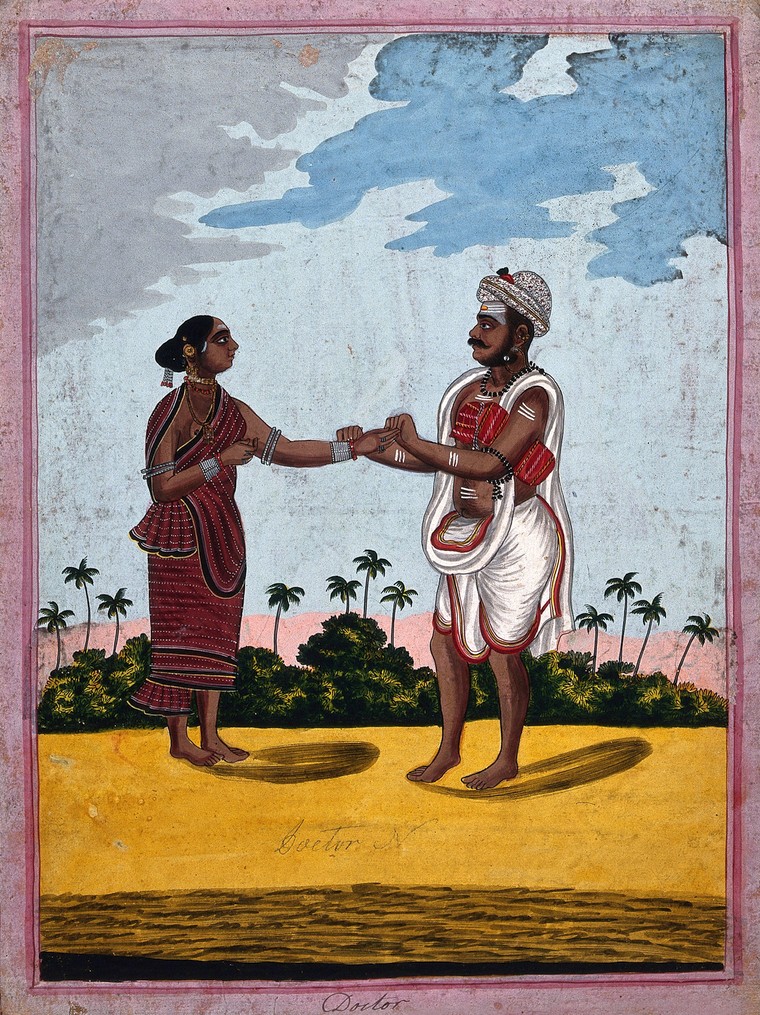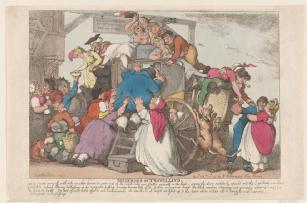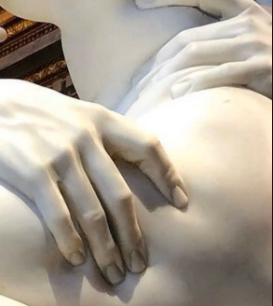Negotiating Touch
A reading and discussion session Term 2
It struck us that whatever happens in the coming months (perhaps even years?) with COVID-19, the one thing we’ll have to do with a lot less of is probably ‘touch’. The boundaries between the permissible, the required, the forbidden, the welcome, the yearned for but unrequited, the creepy and the intrusive in respect of touch will be successively redrawn and renegotiated – as indeed they have been in the past, whether in response to cultural invasion or transformation, new technologies, the emergence of new cultural practices, and so on.
It is, of course, a topic that has been explored by historians before, but we felt it might be a stimulating topic to discuss in the coming year, when so much of our attention will go to avoiding touch. We are considering this initially to be a topic for discussion, by a group of people who might have an interest in this. Once we have such a group of people together, we might plan initially a discussion of some of the readings we know of so far (a sample is at the end of this email, but we’d need more! From more diverse authors, and about more diverse places!), before following on with a conversation around the ways in which we ourselves might work on this, and perhaps hosting a half-day workshop with some external people who work on this, too. If this seems productive, then we might move on to something more formal, funded perhaps by IAS or even externally.
Preliminary reading list:
Bakhtin, Rabelais and His World.
Marc Bloch, The Royal Touch
Constance Classen, The Deepest Sense: A cultural History of Touch (U of Ill. 2012)
Constance Classen, ed. The Book of Touch (2005)
Cowan, Alexander. "'Not Carrying out the Vile and Mechanical Arts': Touch as a Measure of Social Distinction in Early Modern Venice." In The City and the Senses: Urban Culture since 1500, edited by Alexander Cowan and Jill Steward, 39-59. Aldershot, UK: Ashgate, 2007.
Norbert Elias, Civilising Process
Laura Gowing, Common Bodies: Women, Touch and Power in Seventeenth-Century England (New Haven: Yale UP, 2003), esp. ch. 2.
Elizabeth Harvey, ed., Sensible Flesh: On touch in Early Modern Culture (U of Penn, 2002)
Ewa Lajer-Burcharth, The Painter’s Touch: Boucher, Chardin, Fragonard, Princeton: Princeton University Press, 2018.
Laura Marks, Touch: Sensuous theory and multisensory media (U of minnesota, 2002)
David Parisi, Archaeologies of Touch (U o Minnesota, 2018)
Mark Paterson, The senses of Touch (Oxford, Berg, 2007)
Jose Rizal, Noli Me Tangere (1887) (Penguin 2020)
Mark M. Smith, Sensory History (Bloomsbury, 2007) has chapter on touch.
Michael Taussig, 'Tactility and Distraction', Cultural Anthropology 6:2 (1991)
Emma Widdis, Socialist Senses: Film, Feeling and the Soviet Subject, 1917-1940 (Indiana, 2017).
On other media:
- 'The Correspondent': What people with disabilities want us to know about touch:
- The Guardian and Touch: The Power of Touch
- BBC and Touch ad discussion of BBC Survey https://www.bbc.co.uk/programmes/m000n5xx
- https://thecorrespondent.com/660/from-electrifying-kisses-to-sex-robots-the-fascinating-history-of-how-touch-shaped-the-modern-world/682241279280-3ab0f89d

Indian doctor taking the pulse of a patient. Attributed to a painter from Tanjore (Thanjavur), ca. 1840. Wellcome collection

Thomas Rowlandson, 'The miseries of travelling' 1807. Met museum

Theresa May and Donald Trump holding hands

